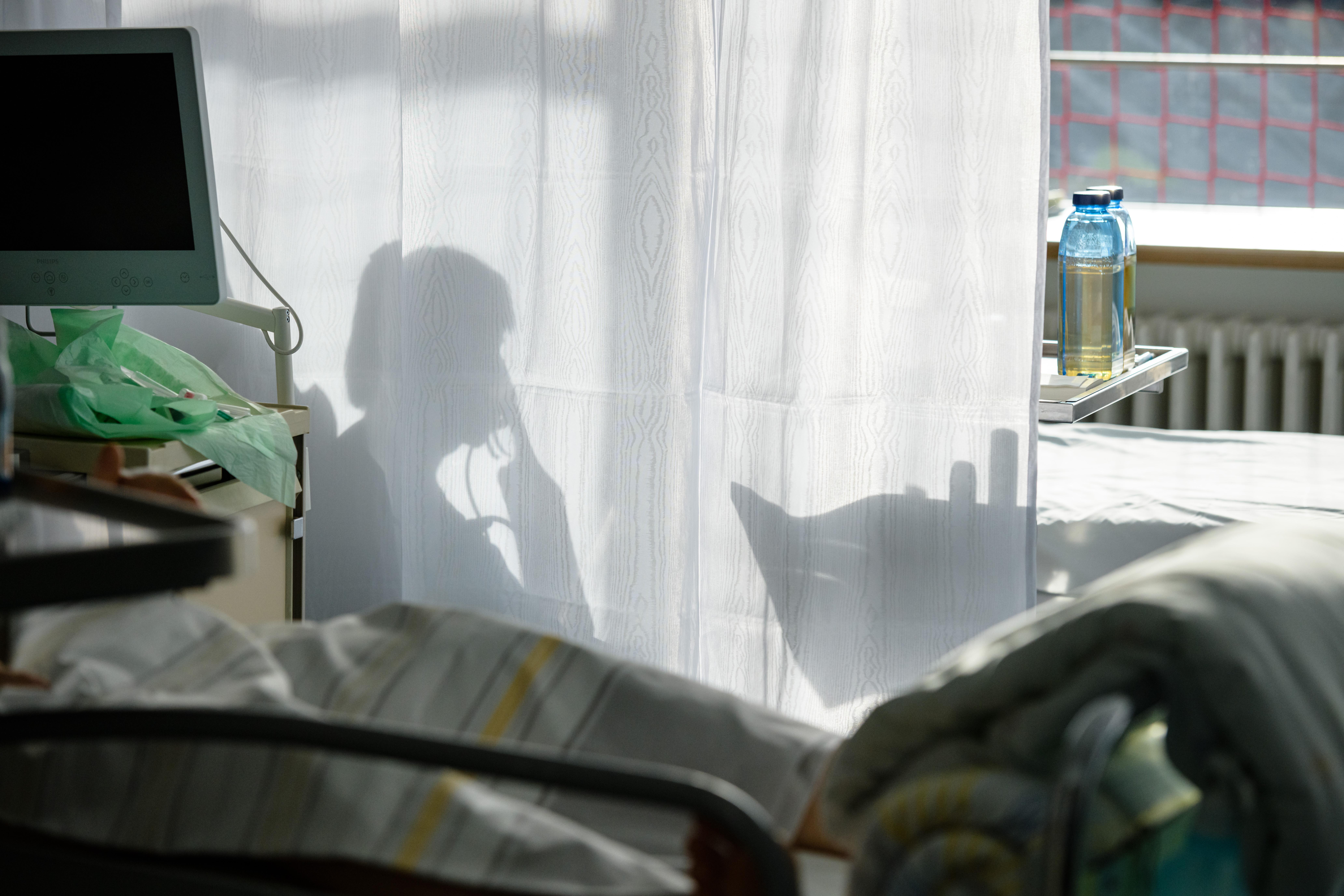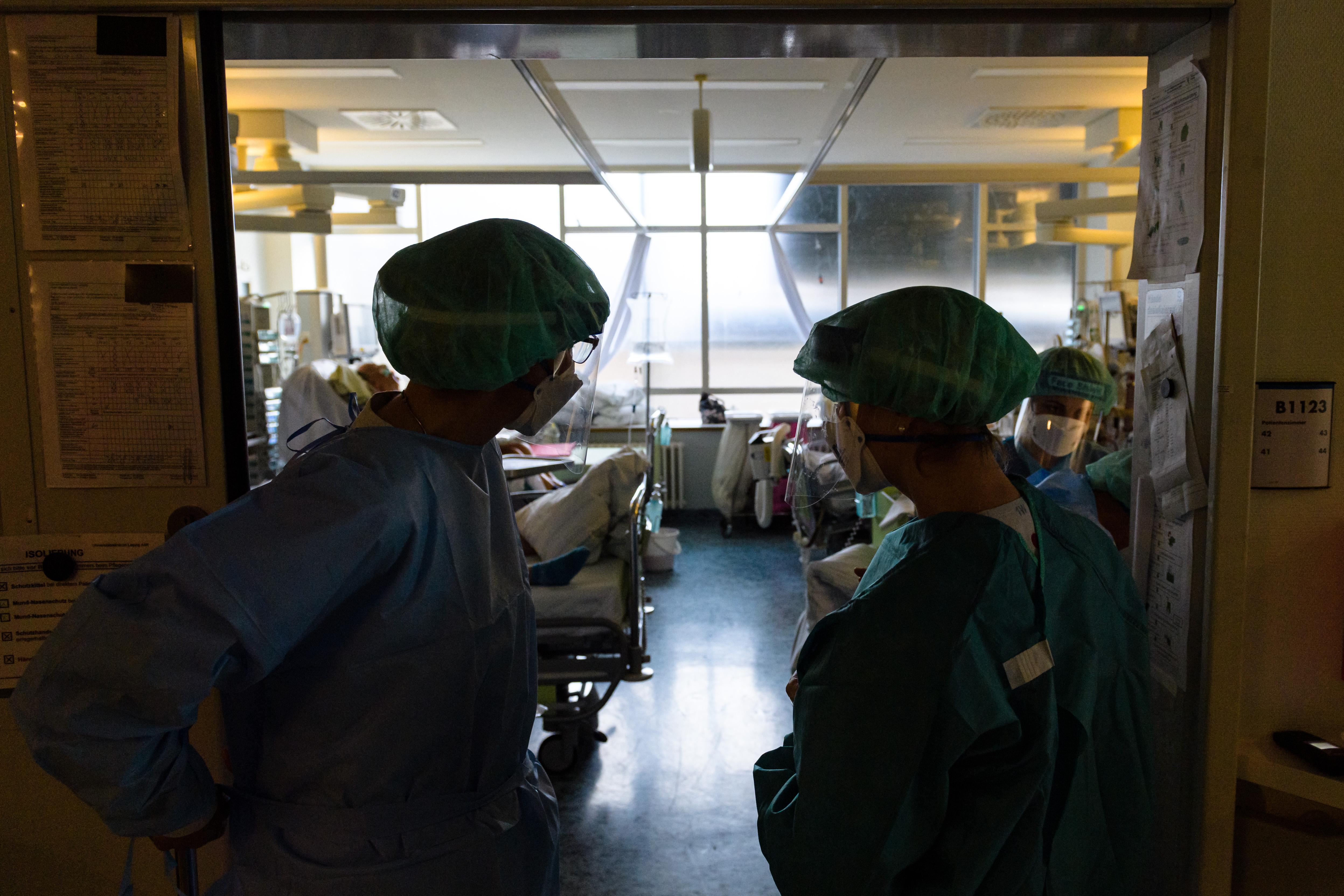COVID-19 Is Surging in Europe Again—Here's Why
Europe is dealing with another COVID-19 surge, which makes it the global epicenter once more. What led to the surge?
Nov. 19 2021, Published 2:01 p.m. ET
Hospitals in certain European countries are becoming overwhelmed again as COVID-19 cases rise. As a result, nations are putting lockdown restrictions in place and leaving residents disappointed in a reversal of pandemic progress.
The surge in COVID-19 cases in parts of Europe can be traced back to vaccine hesitancy, contagious variants, and a need for boosters. Will Europe see cases fall soon?
Parts of Europe are under lockdown as COVID-19 concerns return
On Nov. 22, the German state of Saxony will go into partial lockdown. The country will close restaurants, bars, clubs, and large events. Other German states are expected to follow suit.
Two Austrian states, Salzburg and Upper Austria, are also going into lockdown on Nov. 22 by placing non-essential businesses and schools on emergency alert.
These and other Northern and Central European countries, including Belgium and The Netherlands, are currently being hit the hardest despite relatively successful vaccination drives.
Eastern European countries like Bulgaria and Romania have low vaccination rates and are experiencing extremely high death rates.
The U.K. is also experiencing rapid COVID-19 death rate increases since lifting restrictions on July 15. However, the country has vowed not to put lockdowns into place again.
Lockdowns come after restrictions ease on European travel to the U.S.
The U.S. recently made an effort to repair relationships with the EU by easing travel restrictions to the U.S. for vaccinated individuals. Airlines celebrated the pandemic-era milestone. With COVID-19 flaring up, President Biden could potentially reevaluate those restrictions.
COVID-19 vaccine hesitancy is a factor in the surge.
The Austrian government said it wouldn't restrict activities for vaccinated people as a push to get people injected. Now, the government is going back on its promise. Unvaccinated people who were on the fence might feel less inclined to get the vaccine. However, the country has implemented the first-ever nationwide vaccine mandate for all residents to curb hospitalizations.
Immunity is on the downtrend, vaccine boosters are needed
Initial vaccine hesitancy is one thing, but even people who are vaccinated are losing the effects of the immunization as time goes on.
In Germany, 45 percent of the COVID-19 hospitalizations are patients who are fully vaccinated. Experts and the public are realizing that a single vaccine series isn't the be-all-end-all for the pandemic's progression. Booster shots are likely to be a key point of discussion moving forward. In the U.S., the FDA has approved boosters for all adults.
Extra-contagious COVID-19 variants throughout Europe
Unlike earlier waves of the COVID-19 pandemic, the current wave rippling throughout Europe is propelled by new and even-more-contagious viral variants. One of the latest is the "mu" variant, which has caused isolated outbreaks in parts of Europe. Earlier this year, a variant called B.1.1.7. rippled through parts of Europe.
Will the latest COVID-19 wave in Europe cool?
With eased travel restrictions from parts of the EU to the U.S., some Americans are concerned that the COVID-19 surge will come this way. Lockdown measures and booster shot drives could cool matters, much to some Europeans' dismay.



